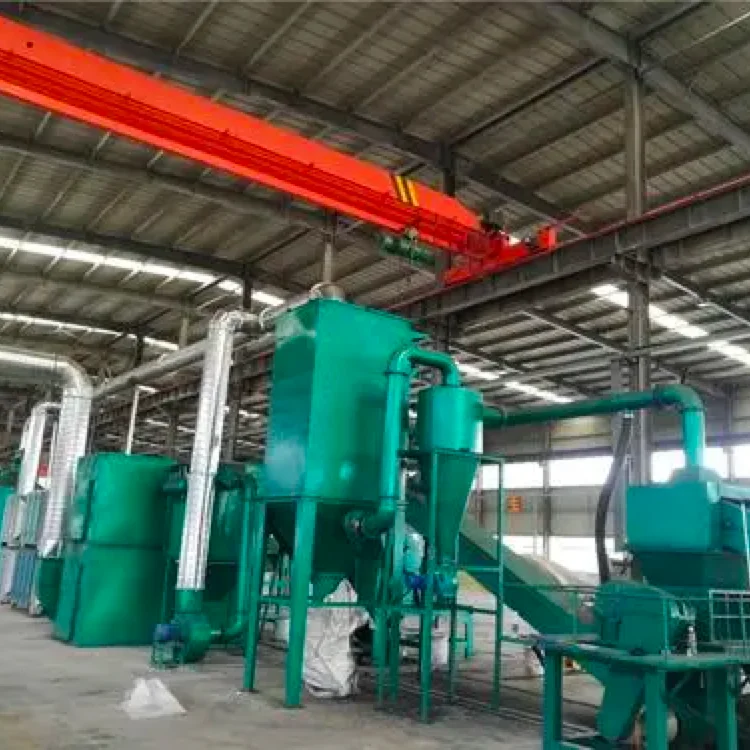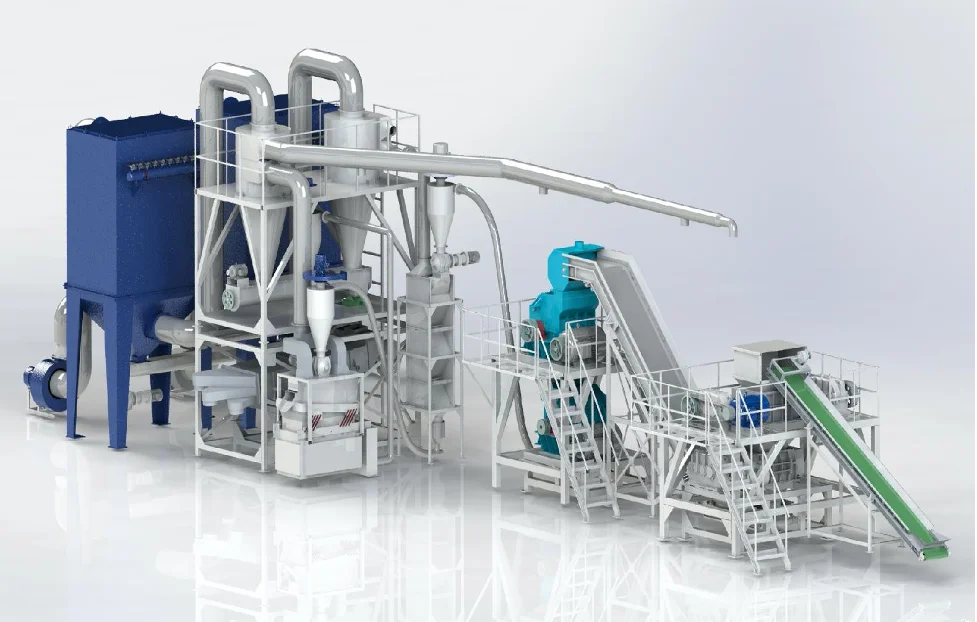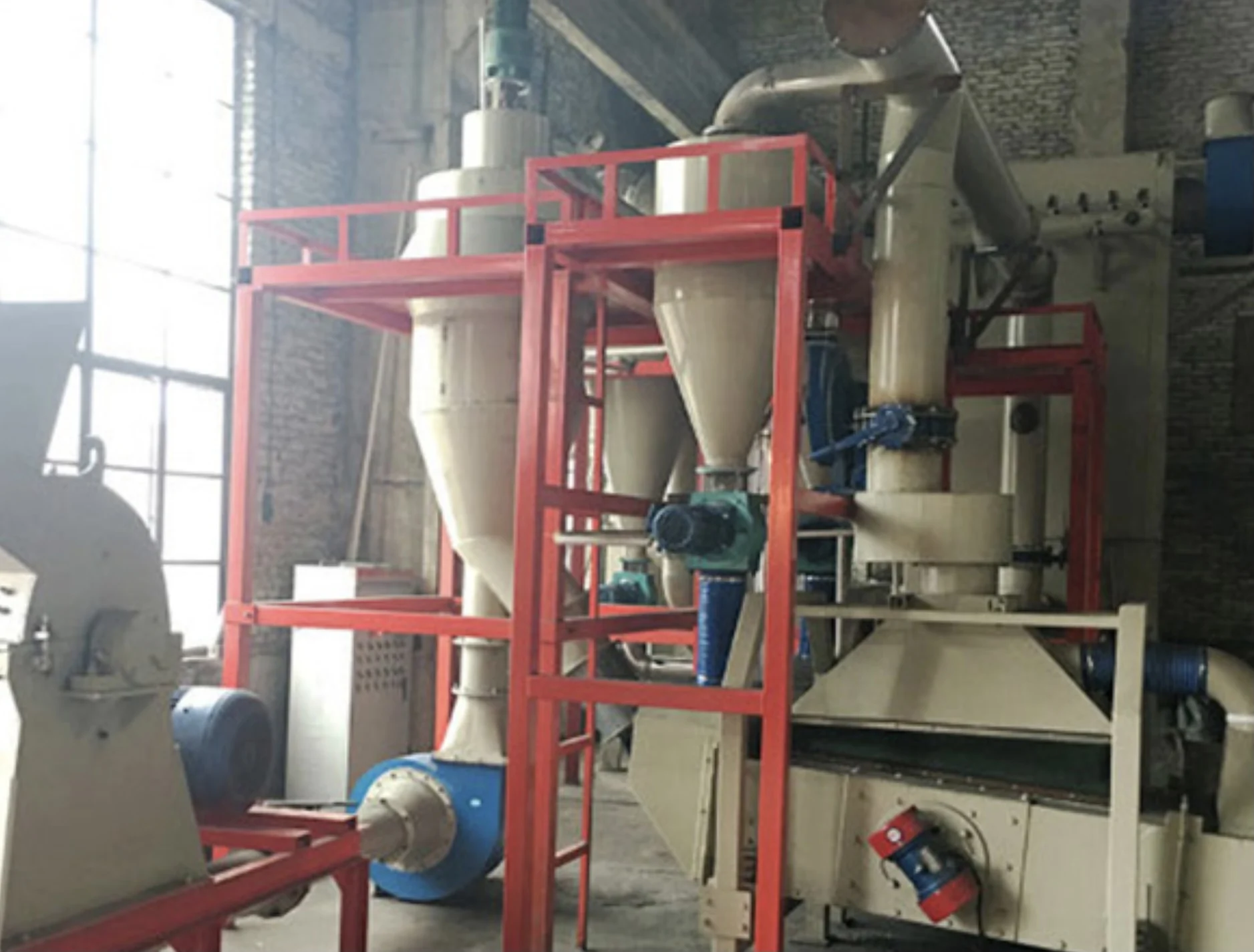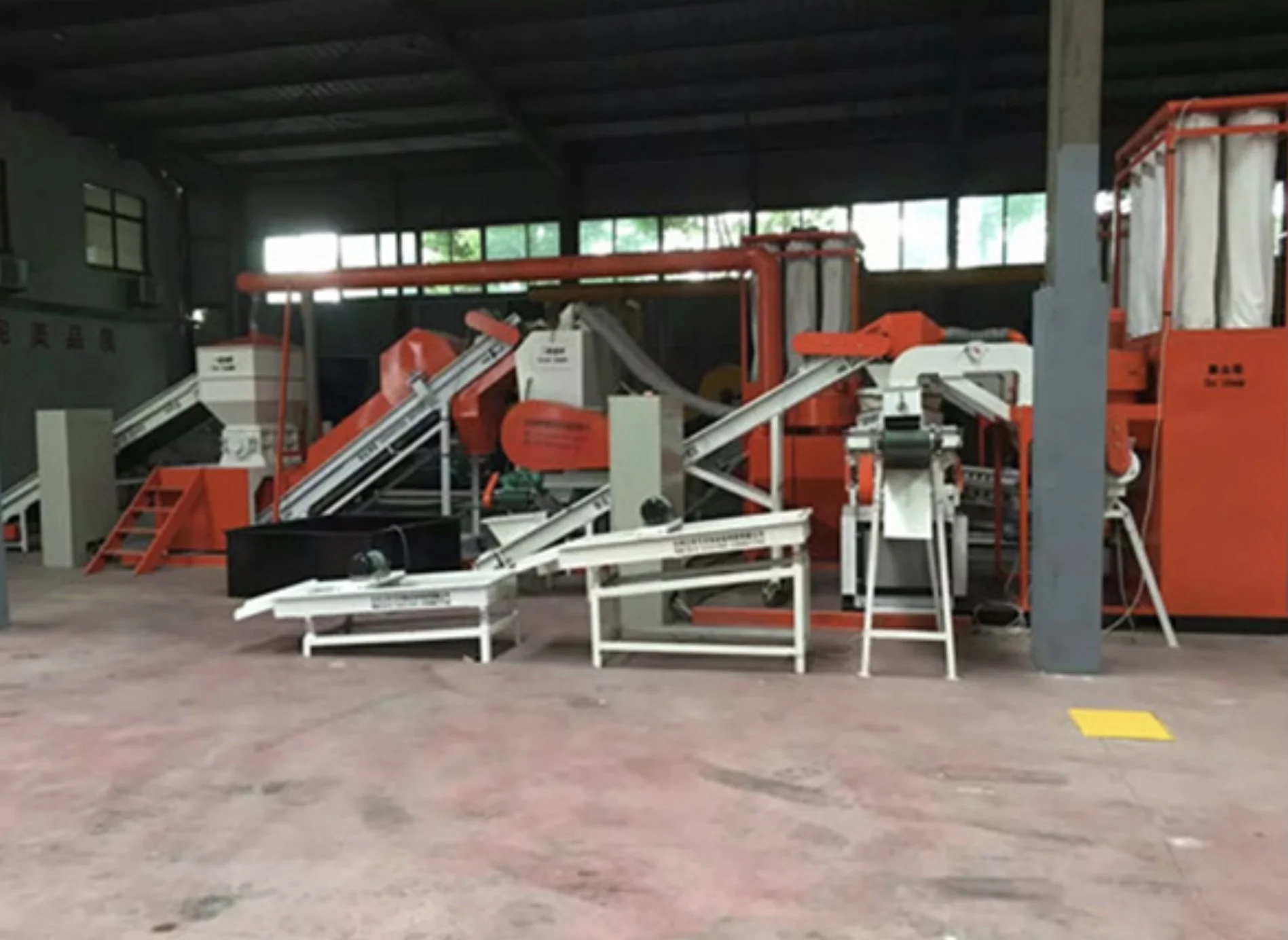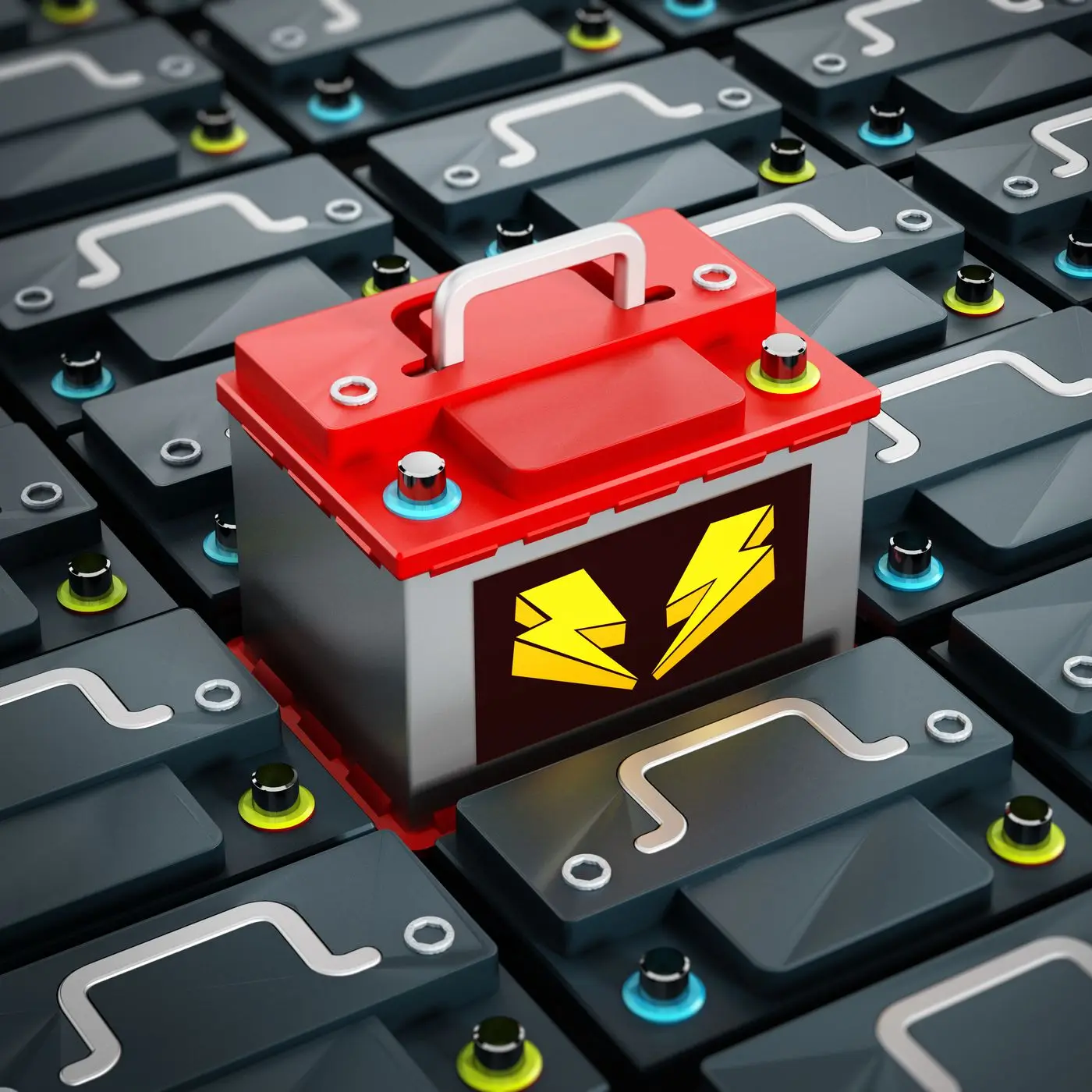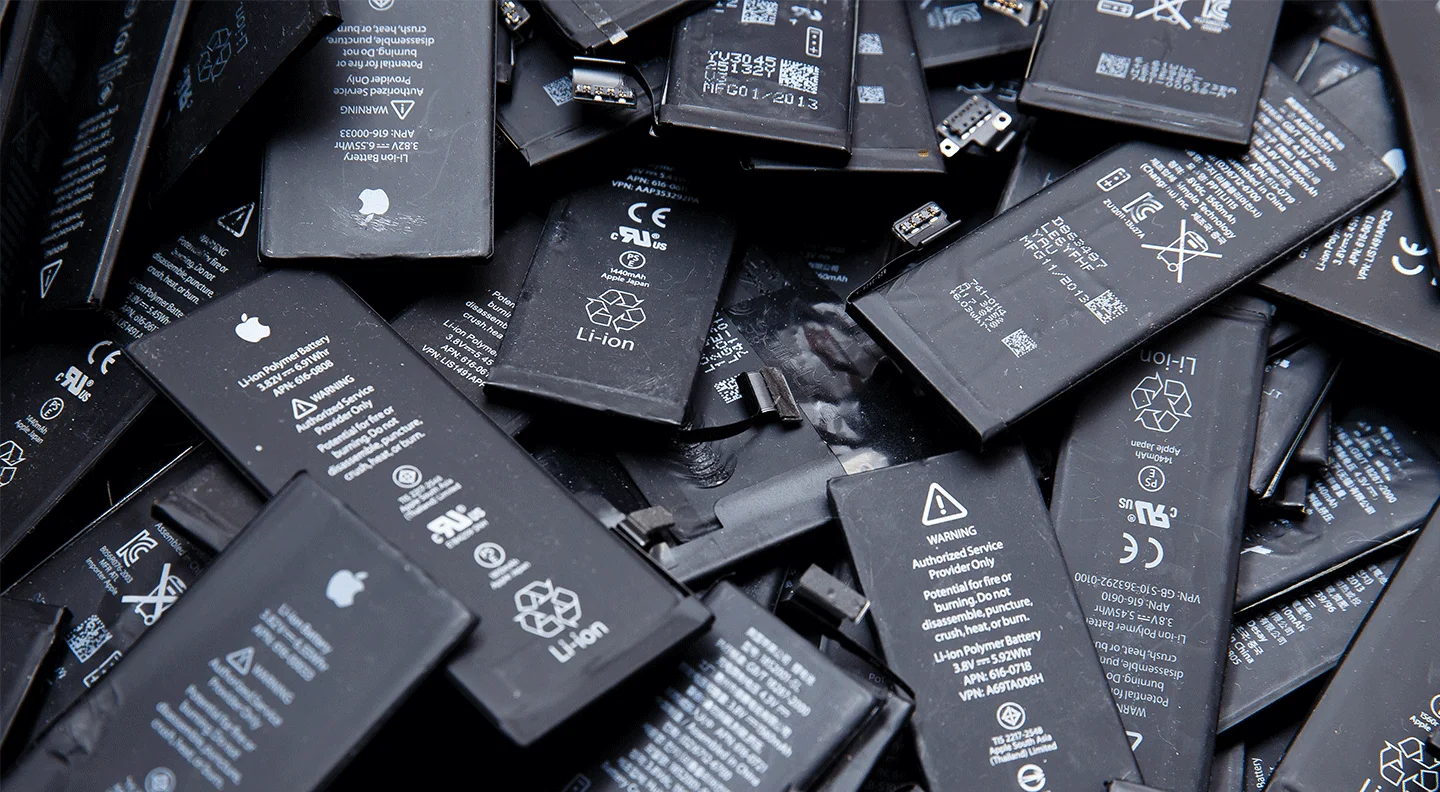Литиевая батарея утилизация отходов производственной линии литиевая оборудование для
- Категория: Waste Treatment Machinery >>>
- Поставщик: Shenzhen,Easy,Go,Technology,Trading,Co.,Ltd.
Поделиться:
Описание и отзывы
Трекер стоимости
| Месяц | Минимальная цена | Макс. стоимость |
|---|---|---|
| Sep-16-2025 | 0.85 $* | 0.0 $* |
| Aug-16-2025 | 0.17 $* | 0.16 $* |
| Jul-16-2025 | 0.51 $* | 0.49 $* |
| Jun-16-2025 | 0.57 $* | 0.2 $* |
| May-16-2025 | 0.4 $* | 0.23 $* |
| Apr-16-2025 | 0.81 $* | 0.55 $* |
| Mar-16-2025 | 0.13 $* | 0.1 $* |
| Feb-16-2025 | 0.96 $* | 0.42 $* |
| Jan-16-2025 | 0.82 $* | 0.31 $* |
Характеристики
Product Overview
Lithium battery processing equipment
Lithium battery is mainly composed of shell, positive, negative, electrolyte and diaphragm. + is composed of PVDF coating lithium sulphate powder on both sides of the aluminum foil current collector;-structure is similar to +, it is made of carbon powder. It is formed on both sides of the copper foil current collector. Lithium-ion batteries have significant advantages such as high voltage, large specific capacity, long life and no memory effect. Since their commercialization, they have quickly occupied the power source market for portable electronic and electrical equipment, and their output has increased year by year. The service life is about 2 years. If the discarded lithium battery is improperly handled, the lithium hexafluorophosphate, carbonate organics and heavy metals such as diamond and copper will inevitably pose a potential pollution threat to the environment. On the other hand, the drill, lithium, copper and plastics in waste lithium batteries are precious resources and have high recycling value. Therefore, scientific and effective treatment of waste lithium batteries not only has significant environmental benefits, but also has good economic benefits.
FEATURES AT A GLANCE
1. Through the combined process of hammer crushing, vibrating screening and airflow sorting, the resource utilization of metal copper and carbon powder in waste lithium battery materials can be realized.
2. The material can be crushed by hammer vibration to effectively realize the mutual peeling between the carbon powder and the copper foil, and then the copper foil and the carbon powder can be preliminarily separated by vibrating the sieve based on the difference in size and shape between the particles.
3. For crushed particles with a particle size of 0.125-0.250 mm and a low copper grade, airflow sorting can be used to achieve effective separation between copper and carbon powder. When the airflow velocity is 1.00 m/s, a good recovery effect can be achieved.
4. This equipment is mainly used by lithium-ion battery manufacturers to separate the aluminum and copper from the positive and negative materials in the scrapped positive and negative films for recycling purposes. The complete set of equipment operates under negative pressure, no dust leakage, and the separation efficiency can reach more than 90%.

At present, research on the recycling of waste lithium batteries is mainly focused on the recovery of valuable precious metals and lithium, and there are few reports on the separation and recovery of materials. In order to alleviate the increasingly serious resource shortage and environmental pollution caused by rapid economic development, it has become a global consensus to realize full-component recycling of waste materials.
The copper in lithium batteries (with a content of about 35%) is an important and widely used raw material for production. The carbon powder adhered to it can be used as an additive for plastics, rubber, etc. Therefore, the effective separation of the constituent materials of the waste lithium battery, the realization of the recycling of the waste lithium battery, and the elimination of its corresponding environmental impact have a driving effect. Commonly used waste lithium battery recycling methods include hydrometallurgy, pyrometallurgy and mechanical physical method. Compared with wet method and fire method, mechanical physical method does not require the use of chemical reagents, and has lower energy consumption, which is an environmentally friendly method. Based on the structural characteristics of the lithium battery, the combined process of crushing, screening and airflow separation is used to carry out separation and enrichment research to realize the separation and recovery of copper, aluminum and carbon powder in waste lithium batteries.





PRODUCT SPECIFICATIONS
No | Item | Data | ||
1 | Power | 190KW | ||
2 | Weight | 40,000 Kgs | ||
3 | Size LxHxW | 35 x 8 x 8 m | ||
4 | Processing Speed | 800 - 1000 Kgs/H |
PRODUCT CONFIGURATION

SALES AND SERVICE NETWORK
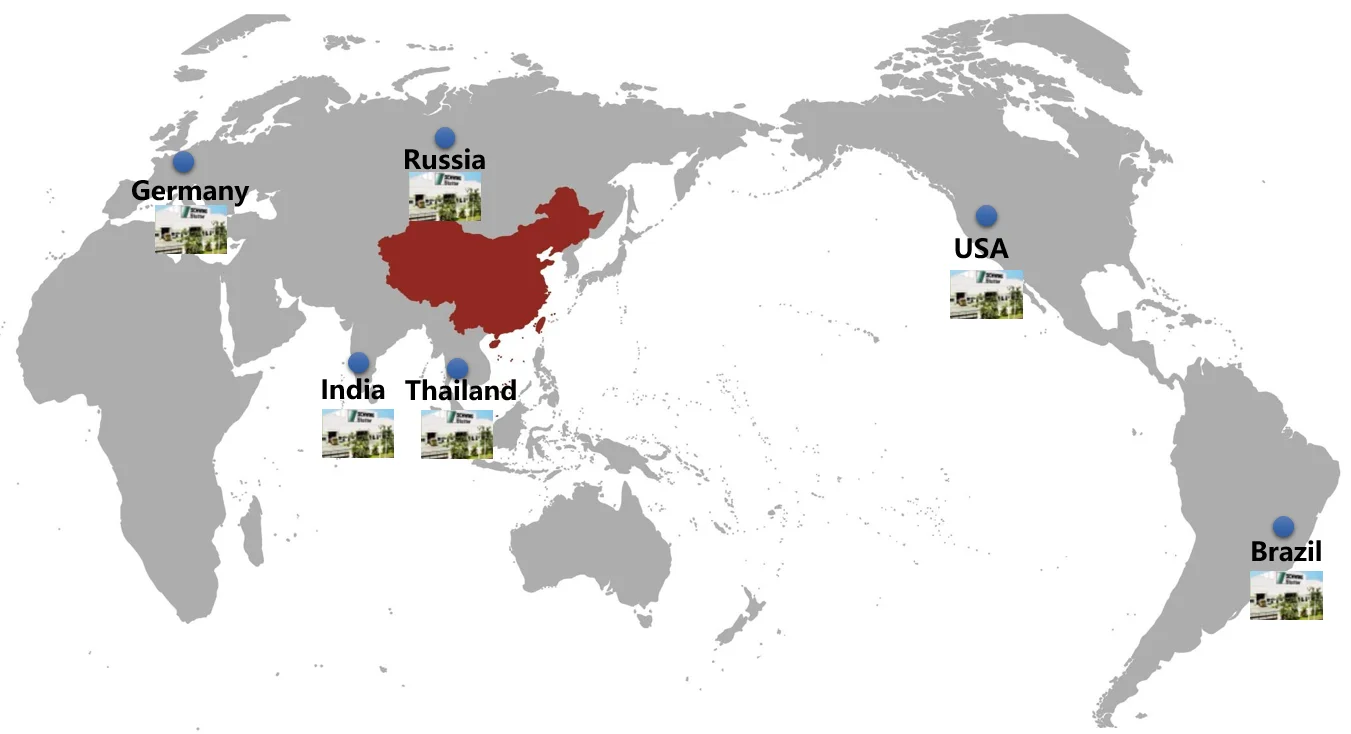
FAQ
Q1:*****
A1:*****
